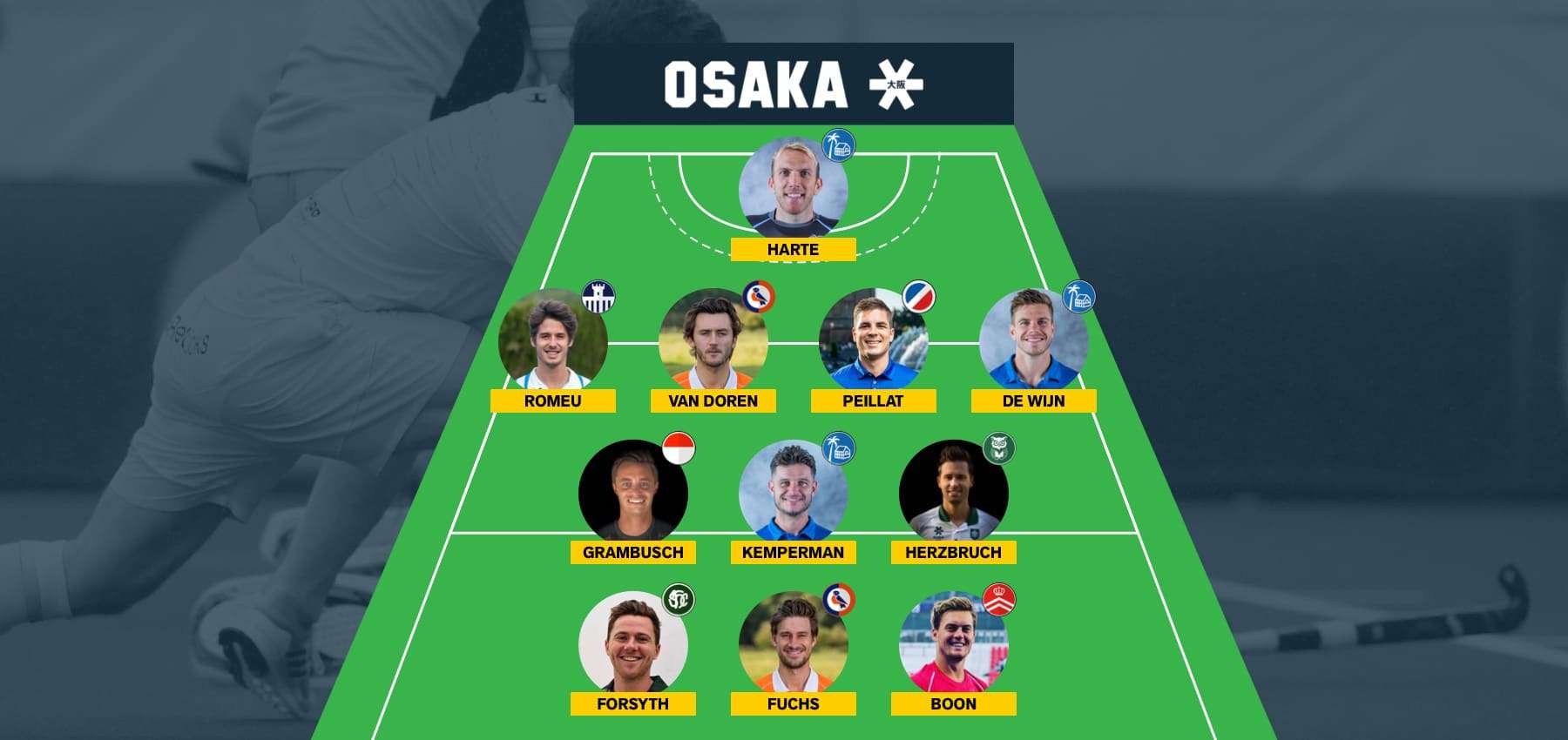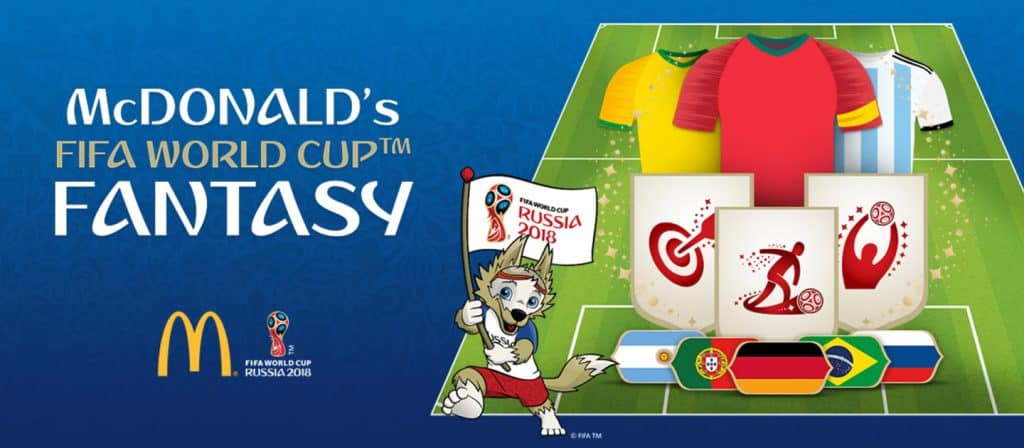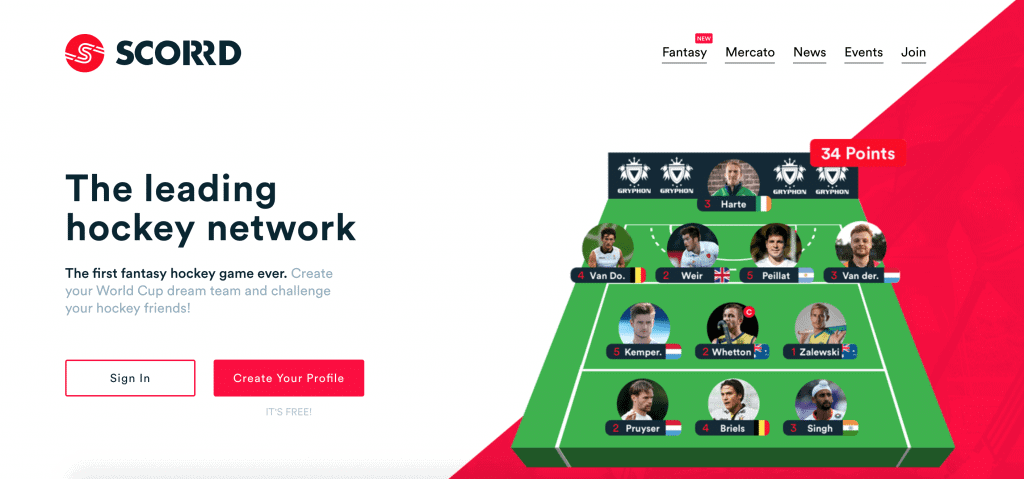
Are you thinking about launching a fantasy sports game? But do you want to know more about how to pitch to potential sponsors? You’ll find must-have information and tips on how to attract the right sports brands for your game.
The first thing you’ll need to define clearly is a business plan for your fantasy sports game. You can charge participants to enter a team (pay to play), and your earnings will be your main source of income to finance the costs and generate profits.
But you can also partner up with sponsors to monetize the media value of your fantasy game, and its engaged audience. In this post, we are going to focus on the specifics of sponsorship in fantasy sports games.
Creating a sponsorship proposal and pitching it to potential sponsors is an art in and of itself. We’ll list great sources at the bottom of this post for you to dive deep into this dark art. When it comes to fantasy sports, take these 3 aspects into consideration:
- Pitch to the right brands
- Create relevant experiences for fantasy players
- Translate the available data into marketing and ad lingo
Pitch to the right brands
First of all, let’s make it clear that cold calling or cold emailing potential sponsors with a finished sponsorship proposal is not going to work. Never go proposal first by e-blasting people with packages and one-pagers. Building a relationship with people takes time and effort. Do you ask someone to marry you on the first date? I don’t think so. It’s a process that requires your dedication and it would undoubtedly be a waste of time when you don’t target the right brands from the start. Targeting and qualifying potential sponsors is key.
Fantasy sports enables brands to tap into the dream demographic, the people who play the game. Fantasy sports players over-index on different levels: they watch more, engage more, and buy more. Typically the demographic consists of college-educated males between 20 and 40, who have an income at their disposal. But the demographic depends on the type of game you’ll be launching: will it be aimed at a wide audience or is it designed for a Football Manager-type audience of die-hard fans? Your job is to find brands who have a good fit with your audience.

Source: fifa.com
We also don’t recommend going for well-known global brands. They are bombarded with unsolicited and irrelevant sponsorship proposals all the time. Global brands want to have a significant reach at their disposal. The FIFA World Cup Fantasy Game was sponsored by McDonald’s over the years, but chances are that your game does not have that kind of reach yet. Play in your league.
Brands typically advertise or sponsor with one of these two goals in mind:
- Direct response: a short-term goal such as sales and sign-ups.
Example: a call-to-action in a fantasy sports game to buy a subscription for the TV sports rights holder. - Brand awareness: a long-term goal of building an emotional connection with the brand.
Example: strike a deal with a brand that focuses on data, tech, and innovation within its products or services for your fantasy game.
You immediately see why cold emailing won’t work. At first, you can make an assumption which goal a certain brand could have, but you don’t know it for sure until you actually speak to the right person. Don’t take anything to the first meeting or call, because that forces you to listen carefully and ask the right questions to build the perfect proposal later on. The main goal of the first meeting is to get a second one.
Create relevant experiences for fantasy players
One of the biggest advantages of a fantasy game is that you can create native experiences that are part of the game and aren’t made invisible by ad blockers. But that doesn’t mean that you should simply add a sponsor’s logo everywhere.

Gryphon, a field hockey equipment manufacturer, was the sponsor of the first edition of the Scorrd Fantasy League. Visibility included team field boarding and custom private leagues.
The team or lineup view is the most visited page of a fantasy sports game. It shows your team and real-time player scores. And why not have it like in real life and make use of branded field boardings? It’s relevant ad space and it’s not considered intrusive at all.
Another example is to create branded leagues. It’s a private league where people can join to win exclusive prizes or experiences related to the brand. You could even let the brand ask for certain info to enrich their CRM. A branded league is often done in conjunction with showcasing the brand ambassadors (sponsored athletes) in the game. That combo creates a self-reinforcing mechanism and the reach of the brand and its ambassadors increases awareness of the game.
These are just two examples of our sponsorship library. You can also check out other sponsorship examples, and we provide our library to each of our clients who are building their sponsorship proposals.
Translate the available data into marketing and ad lingo
Make a list of every single asset you have to offer and map every touch point outside the game. An asset can be the naming rights of the game or a custom feature. A touch point can be the weekly recap email after each game week or a post on social media.
Each of these assets and touchpoints has a value and should be calculated (or at least estimated). Do your research and compare the cost of similar properties at advertising management houses and on social media. And translate all that to the advertising lingo that your sponsor is familiar with: cost per mille (CPM), customer acquisition cost (CAC), customer lifetime value (LTV), return on investment (ROI), etc.
Finally, it’s time to bring it all together: create your sponsorship proposal based on the sponsor’s goals and back it up with the budget numbers. Don’t forget to make clear how you’re going to measure performance (landing pages, conversions, time on site, etc.). A sponsor is more likely to renew when they have a tool to prove ROI to their internal decision-makers.
Check out these sources on sponsorships
- Practical Sponsorship Ideas
- The Sponsorship Collective
- Slingshot Sponsorship
- O’Brien, Jamie. “Why Exposure Is King in Sports Advertising, Not Clicks.” LIGR | Live Graphic Systems, 31 Aug. 2020, blog.ligrsystems.com/sports-sponsors/why-exposure-is-king-in-sports-advertising-not-clicks.
- “Why Brands Love ROSI.” Nielsen Sports, 16 Feb. 2017, nielsensports.com/brands-sponsorship-strategy-roi-model.